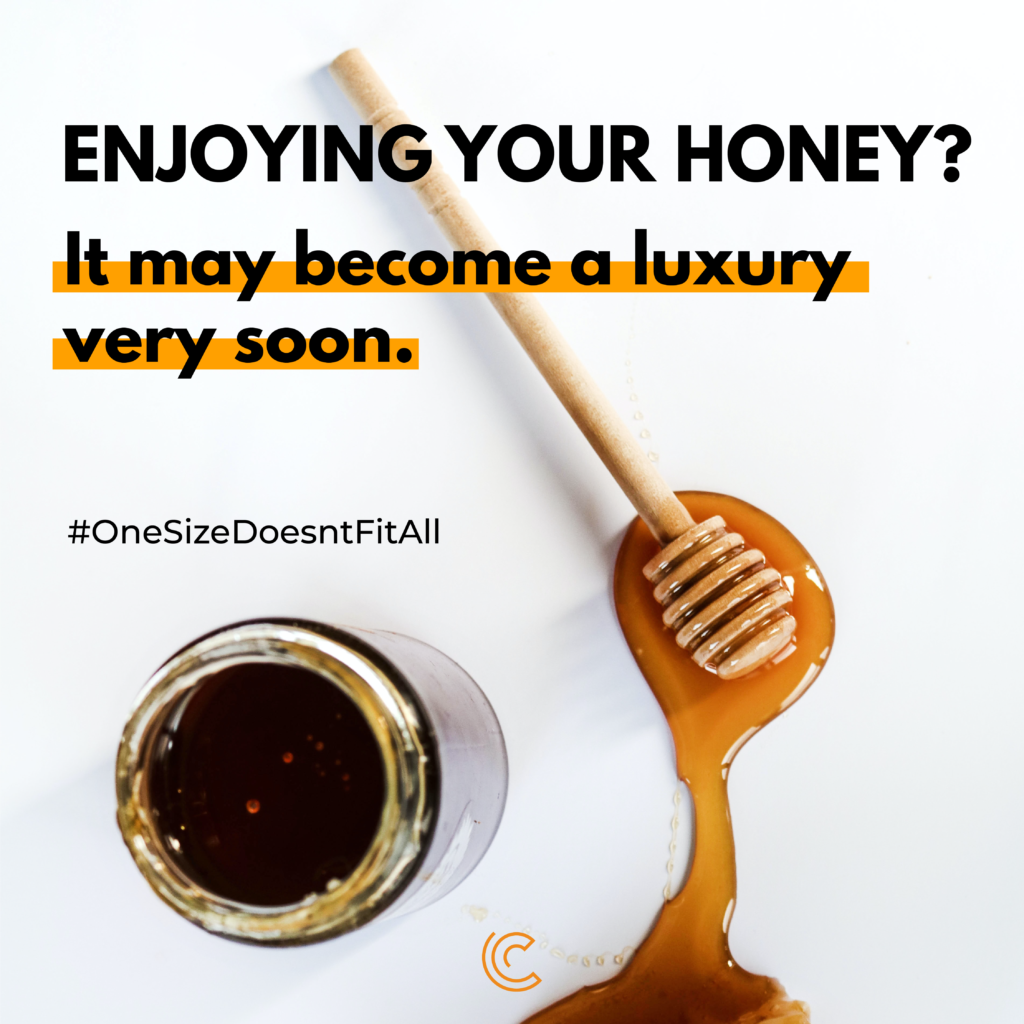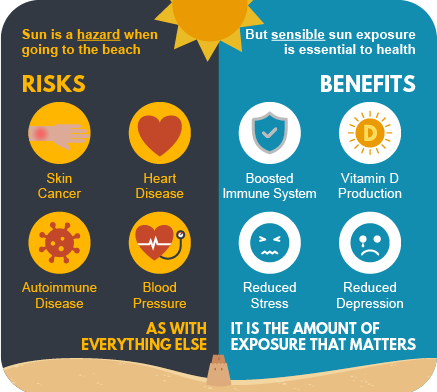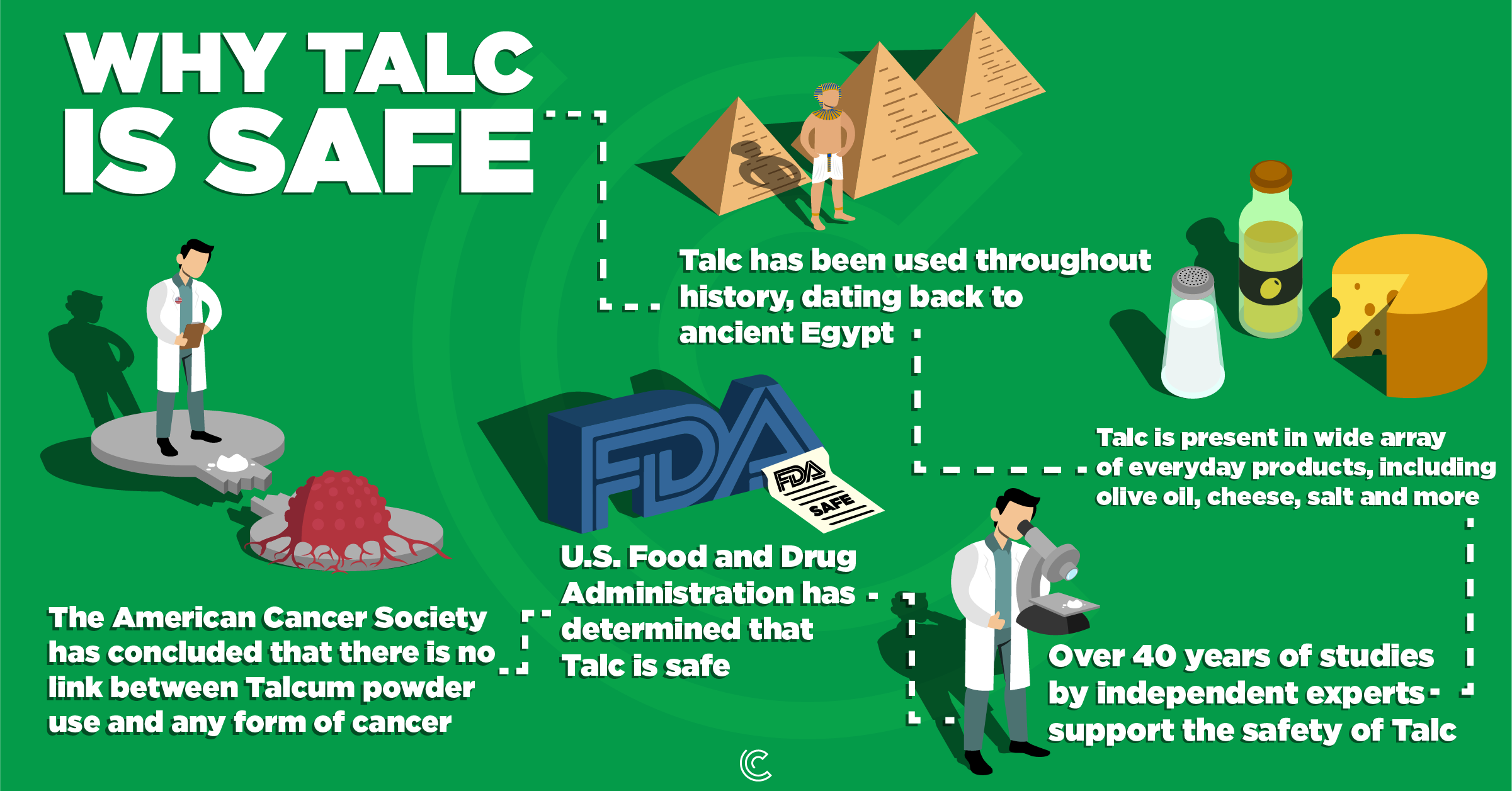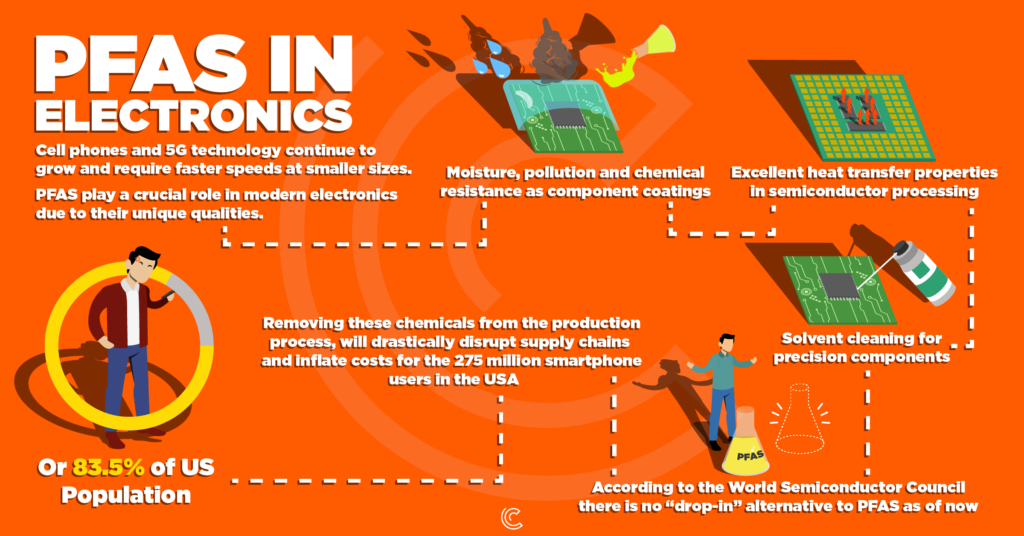“One Size Fits All” Doesn’t Fit At All
What If One Size Fits All
In many ways, various governments have passed regulations with a “one size fits all” mentality. More often than not, however, this approach wrongly limits consumer choice, and more importantly creates tremendous externalities which are often left unaddressed. Our goal is to highlight instances where the “one size fits all” approach has failed consumers and explain why.


You probably heard about the “Beepocalypse” – the catastrophic scenario in which declining honeybee population is caused by pesticides. However, honeybees aren’t actually declining but increasing. Occasional reductions in honeybee populations are multifactorial, but varrora mites and the viruses they carry are likely the leading drivers, nutrition being another big factor. According to a USDA bee researcher: “If there’s a top ten list of what’s killing honey bee colonies, I’d put pesticides at number 11″. By creating a “one size fits all” regulation and thus banning pesticides, policymakers could make the mite problem worse which would actually harm honey bee colonies instead of protecting them.



The Difference Between Hazard and Risk
Much of the “one size fits all” approach can be summarized as a failure to properly understand the difference between hazards and risks. This is an incredibly important distinction when policymakers are crafting laws aimed at protecting consumers, and in many instances public health.
Risk-based regulation considers exposure to hazards. For instance, the Sun is a hazard when going to the beach, yet sunlight enables the body’s production of vitamin D and some exposure to it is essential to human health.
As with everything else, it is the amount of exposure that matters. A hazard-based regulatory approach to sunlight would shut us all indoors and ban all beach excursions, rather than caution beach-goers to limit their exposure by applying sunscreen. The end result would be to harm, not the protection of human health.

The same logic of hazard-based regulation is all too often applied in crop protection regulation, where it creates equally absurd inconsistencies. For instance, if wine was sprayed on vineyards as a pesticide, it would have to be banned under EU law, as alcohol is a known and quite potent carcinogen at high levels of consumption. All this is rationalized through an inconsistent and distorted application of the precautionary principle.
In essence, hazard-based regulation advocates would endorse outlawing all crop protection methods that cannot be proven completely safe at any level, no matter how unrealistic — a standard which, if applied consistently, would outlaw every organic food, every life-saving drug, and indeed every natural and synthetic substance. By ignoring the importance of the equation Risk = Hazard x Exposure, hazard-based regulation does not follow a scientifically sound policy-making approach.
The consequence of “one size fits all” approach:
Limits Consumer Choice
Consumers are being restricted from accessing reduced-risk products
Boosts the Black Market
Undermines the core goal of regulation: the elimination of the black market
Neglects Science
Prioritizes “relative truth”, despite the scientific evidence.
HELP US FIGHT REGULATIONS
We will, from time to time, keep you updated on new and troublesome regulations in your country and ways that you can help use fight them. Don’t worry, being a member is always free!
Take Action. Sign the petition!





